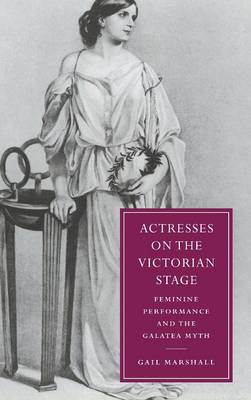Gail Marshall argues that the professional and personal history of the Victorian actress was largely defined by her negotiation with the sculptural metaphor, and that this was authorized and determined by the Ovidian myth of Pygmalion and Galatea. Drawing on evidence of theatrical fictions, visual representations and popular culture's assimilation of the sculptural image, as well as theatrical productions, she examines some of the manifestations of the sculptural metaphor on the legitimate English stage, and its implications for the actress in the later nineteenth century. Within the legitimate theatre, the 'Galatea-aesthetic' positioned actresses as predominantly visual and sexual commodities whose opportunities for interpretative engagement with their plays were minimal. This dominant aesthetic was effectively challenged only at the end of the century, with the advent of the 'New' drama, and the emergence of a body of autobiographical writings by actresses.
- ISBN13 9780521620161
- Publish Date 7 May 1998
- Publish Status Active
- Out of Print 6 June 2022
- Publish Country GB
- Imprint Cambridge University Press
- Format Hardcover
- Pages 250
- Language English
